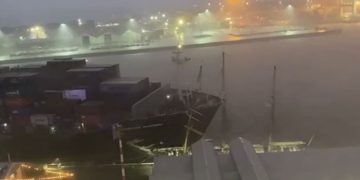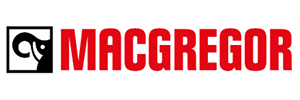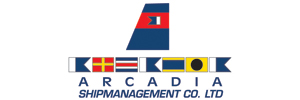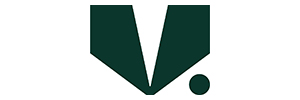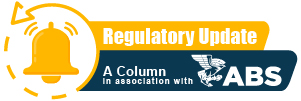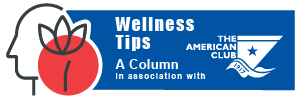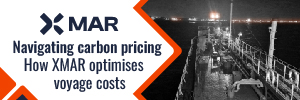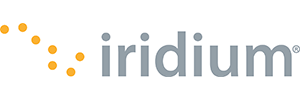DNV has published a guide on shuttle tankers, offering comprehensive recommendations to ensure safe, flexible, and efficient operations, including detailed fire safety guidelines.
As explained, engine room fires are one of the major hazards on oil tankers. To prevent and reduce the consequences of an engine room fire, requirements related to oil systems, as well as thermographic scanning of hot surfaces on engines and other hazardous objects, ensure that the ship is delivered and operated in a safer condition than a standard ship. Independent main fire extinguishing systems and fixed gas fire extinguishing systems for the main switchboard space (if not part of the main engine room) provide additional safety beyond SOLAS requirements.
Fire safety measures for accommodation areas
A good specification for fire safety within accommodation is critical, as a fire in this area will be an immediate hazard for the crew. Essential measures include:
-
Optical smoke detectors in cabins and other enclosed spaces (not mandated by SOLAS)
-
Safe and efficient escape routes
-
Control of combustible materials
-
Fire rating of decks
-
Improved manual firefighting equipment
Fire safety considerations for cargo areas
Fire detection and enhanced performance of the fire extinguishing system should be implemented for the cargo pump room. The fire main on the tank deck should be of the ring main type, while the foam main should be independent of the fire main, providing flexibility in fire-fighting operations. Additionally, foam monitors adjacent to accommodation and those covering the cargo manifold should be remotely operated to eliminate the need for firefighters in highly hazardous operations.
Additional fire safety measures for crew and equipment
-
Lifeboats should either be shielded or provided with water spray.
-
The specification for fireman uniforms should be upgraded to a modern standard, both in terms of quality and quantity.
It should be noted that the Rules for Bow Loading Systems include safety requirements reflecting the industry standard. These are as follows:
-
Water and foam monitors covering the external bow loading and mooring area, with independent foam supply. The independent foam system shall be provided with a connection to the main foam system.
-
A water-based sprinkler system for spark generating mechanical equipment, independent of the fire main. The system shall be capable of being activated both locally, at the bow loading control station, and automatically in case of emergency disconnection.
-
A foam-based sprinkler system for the bow loading coupling connector room shall be able to cover potential spark generating equipment such as the bow loading coupler, wire rollers, mooring chain, fairlead, chain stopper, winches, and the exterior of the manned control station. The system must be provided with an independent foam tank and pump, but with a backup connection to the main foam system.
-
Protection for the mooring chain, thimble, shackles, loading hose termination coupling, etc., against contact with steel structure elements, via the use of hardwood or equivalent material.
-
Mechanical ventilation for any manned control station, if fitted, as a precaution against the ingress of hydrocarbon gas.
-
As an alternative, natural ventilation of the bow loading coupling room is acceptable on the condition that adequate natural ventilation is achieved in the bow coupler space during bow loading when the bow door is open. Natural ventilation of the bow loading coupling room will, in this aspect, require that the space is fully open at the aft end and at least 10% open on the side areas. Alternatively, the openings in each of the three bulkheads shall constitute an area of at least 30% of the total area.
-
Emergency escape route from any manned control station and bow loading coupling room.
-
Fire protection standard equal to A-60 class for the floor, door(s), bulkheads, and windows of any manned control station.
-
Interlock functions to avoid malfunction of the offshore mooring and loading system.
-
Emergency disconnection system, to be used if a hazardous situation should arise, as applicable.
-
A fixed hydrocarbon gas and fire detection and alarm system in the bow loading coupling room where alarms may be activated both locally and at the bow loading control station.
-
Sufficient lights (minimum 200 lux) in the bow coupler space and bow loading area to ensure good working conditions at night.
-
Further, for helicopter landing area and/or helideck, foam firefighting appliances are to be provided according to the FSS code Ch.17 as applicable.











